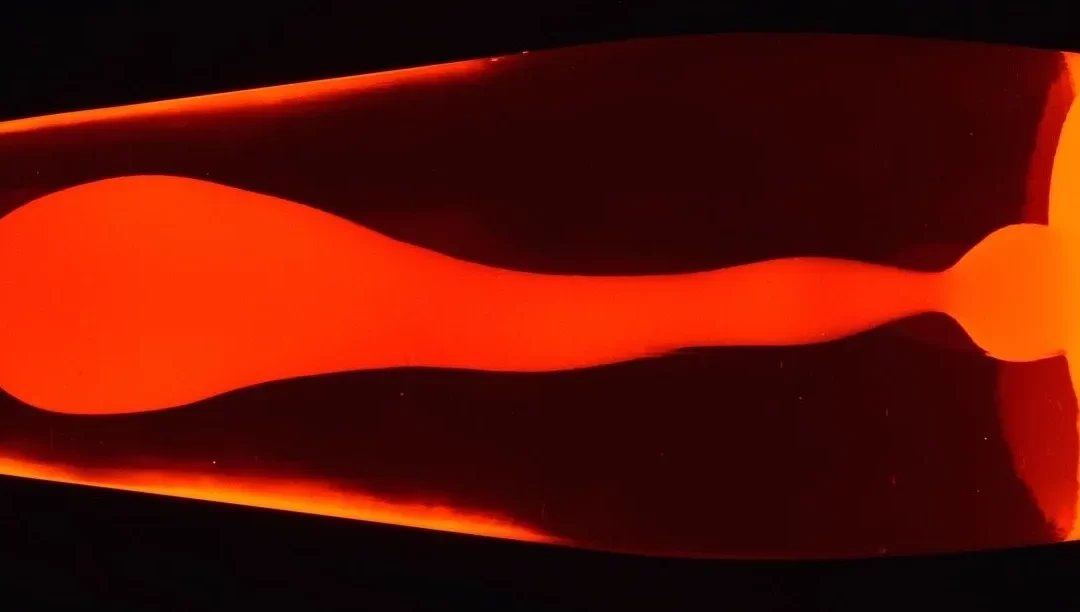Lava lamps are the epitome of 1970s cool. You may have had one in your own room growing up as a kind of throwback to the era of disco and bell bottoms. But did you ever think about the science behind the lava lamp?
It gets the pretty colors and bubbles from the reaction between the water and oil. Oil has a lower density than water, allowing it to sit on top of the water. The density of the coloring in the lava lamp is higher, which is why it sinks to the bottom and mixes with the water while the oil moves up.
Give your kids a groovy science lesson by working together to make your own lava lamp. While this won’t have the light portion and won’t get plugged in, it will still make a beautiful illustration of how oil and water interact.
Supplies to Make Your Lava Lamp
You will need the following materials:
- Empty plastic water bottle, label removed
- Food coloring
- Water
- Cooking oil
- Alka-Seltzer tablet
Make Your Own Lava Lamp
Fill the bottle two-thirds full of oil. Then add water until there’s around an inch remaining at the top. Watch what happens to the water with your kids. It will sink slowly beneath the oil layer, creating lots of bubbles. When the bubbles have stopped, dribble a couple drops of food coloring into the bottle.
Again, it may take a few minutes for the food coloring to work its way to the bottom. As you wait, break the Alka-Seltzer tablet up into four pieces. When the food coloring has settled, drop one piece of the tablet at a time into the lava lamp. It will spark a small eruption of water and color in the lamp. Wait until the fizzing has stopped, then continue to drop in a piece at a time.
You can put the top on the lava lamp when you are done and turn it upside down to enjoy the oil-water separation again. You can also pop off the top anytime and add more Alka-Seltzer tablets.
How Lava Lamps Work
The Alka-Seltzer produces gas, which is lighter than either the water or oil, so it rises to the top along with a bit of water that comes along for the ride. When the bubbles pop, the water sinks back to the bottom because it has a higher density than the oil. A few variations of the experiment you may want to try to get your kids thinking about how the lamps work include:
- Sprinkling salt into the lamp
- Adding an entire Alka-Seltzer tablet at once
- Putting the top on the bottle after adding a piece of tablet
Find More Fun Activities Like Making Lava Lamps for Kids
If your child can’t get enough of cool science experiments like this one, perhaps it’s time to sign up for a course with Science Explorers. At our science summer camps and after-school science clubs , we do activities that bring science to life for kids ages 4-11. If you live in Maryland, Delaware, New Jersey or Pennsylvania, contact us today to learn more.

